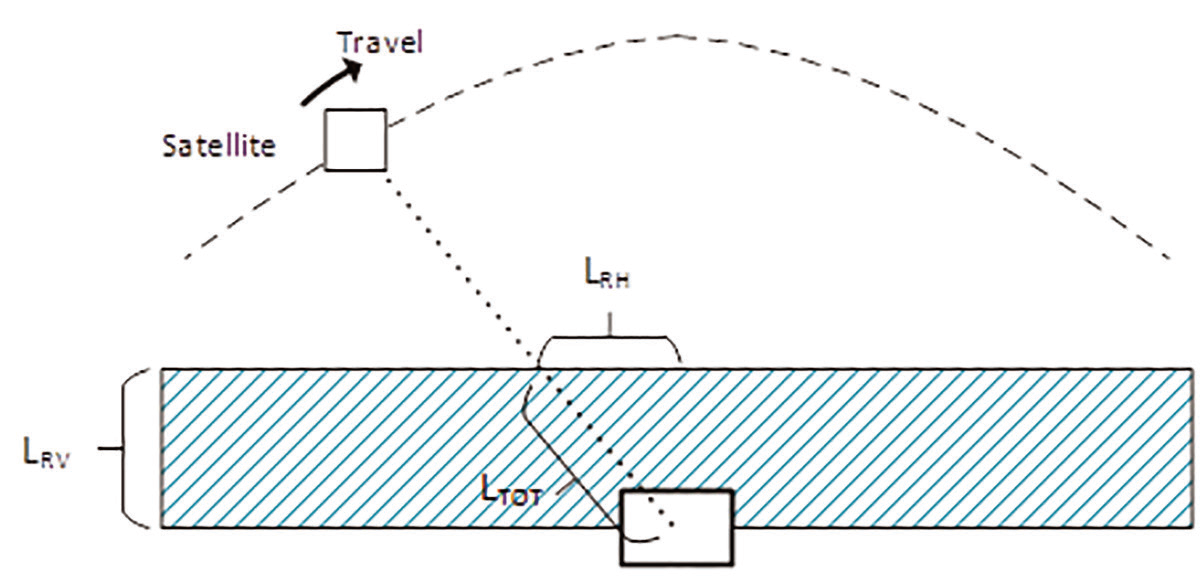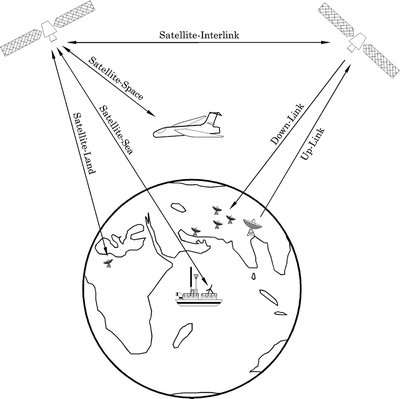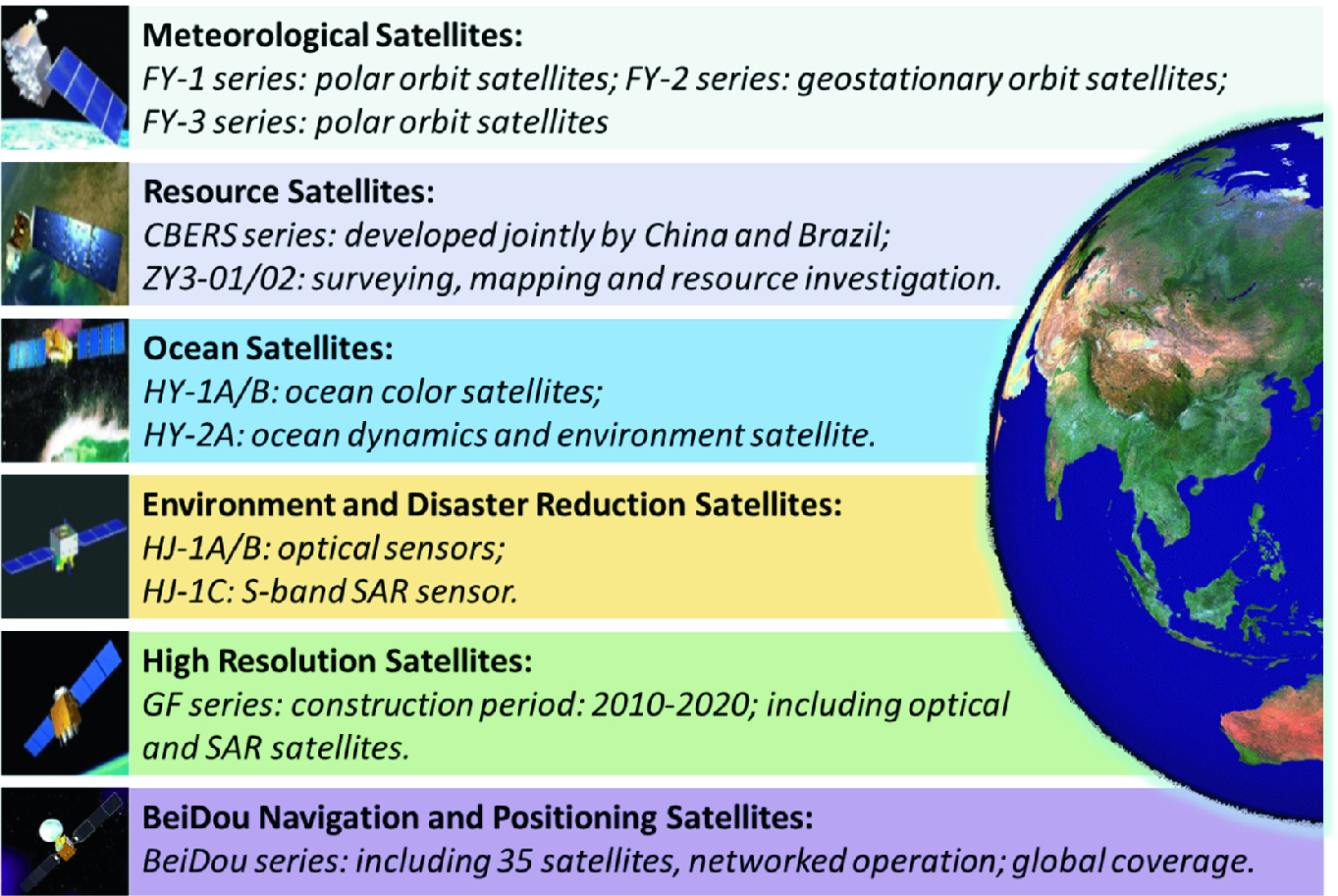Rain And Ice Effect In Satellite Communication

The rain degradation increases as the frequency increases.
Rain and ice effect in satellite communication. At c band 6 4 ghz rain has little effect except for brief periods of unusually heavy rain but at ku band 14 12 ghz it can be important. Until more recently uplink power control had limited use since it required more powerful transmitters ones that could normally run at lower levels and could be increased in power level on command i e. The rain degradation increases as the frequency increases. The presence of rain can have a significant detrimental effect on the propagation of an electromagnetic signal.
The attenuation of the transmitted signals is a well known example of such effects. The simplest way to compensate the rain fade effect in satellite communications is to increase the transmission power. One of the factors that affects availability in a satellite communication link is rain. Rain has been seen as a major source of interference on signal propagated for satellite communication at frequency above 10ghz nweke 2015.
At frequencies above about 5 ghz rain snow or ice crystals in high altitudes cause various degrading effects on the performance of communication links. The presence of rain can have a significant detrimental effect on the propagation of an electromagnetic signal. Because of the demand for more communication channels operating frequencies of both terrestrial and earth. Of scrambling the received signal.
Academia edu is a platform for academics to share research papers. There are several methods to measure the magnitude of scintillation. In satellite communications with frequencies above 10ghz the major problems in radio wave propagation is signal level attenuation caused by tropospheric scintillation together with signal level attenuation by rain.















































